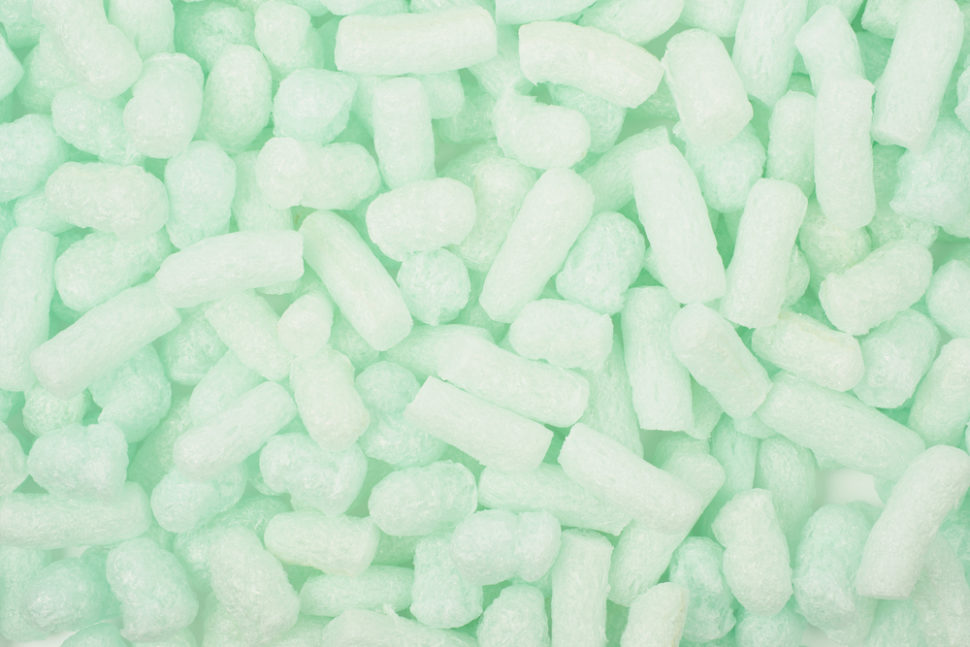The problem with plastic is double-edged. Both its production and disposal are highly-polluting and toxic processes. As the world steadily heads toward a bleak Plastic Age, we urgently need substitutes for plastic.
Thanks to technological advances, some plastic alternatives are theoretically possible.
However, what it would take for these alternatives to take over?
Conventional plastics are so ingrained in our daily life that it’s basically impossible to give up.
On the other hand, plastic alternatives, like bioplastics, aren’t mature enough to ensure the replacement.
Read More: The Earth is now Entering “The Plastic Age”
Bioplastics can Stop Being Part of the Problem, Still Only Offer a Partial Solution
As plastic alternatives go, there’s arguably nothing more attractive to research funding and more promising to the environment like bioplastics.
Bioplastics, as a term, comprises all biodegradable plastic materials derived from plants or biomass materials.
But there are some issues with bioplastics that some argue overshadow their biodegradability allure and tarnish their “green” picture.
Bioplastics production would cut into farmlands and lands that should otherwise go to biofuels. They would also put considerable strain on water resources.
However, scientific research on bioplastics may offer a solution to this issue and amp up bioplastics’ eco-friendliness.
In a recently published study, scientists at Tel Aviv University described a new sustainable way to produce bioplastics without the need for farmland and freshwater.
Instead, the new process uses marine microorganisms that feed on seaweed to produce a polymer, called polyhydroxyalkanoate (PHA), that is “biodegradable, produces zero toxic waste and recycles into organic waste.”
“There are already factories that produce this type of bioplastic in commercial quantities. However, they use plants that require agricultural land and fresh water. The process we propose will enable countries with a shortage of fresh water – such as Israel, China and India – to switch from petroleum-derived plastics to biodegradable plastics.”
Currently, bioplastics represent less than 1 percent of the 335 million tonnes of plastic produced annually.
Will bioplastics ever catch up to the levels of our plastic craze?
As revolutionary as this new method could be for the future of bioplastics, even if we could cut our plastic use once and for all, we’d still have a pretty serious problem on our hands.
Plastic pollution, especially in the oceans, will endanger life and the environment for decades to come unless a solution is found.
Read More: New Ocean Cleanup Project Could Eradicate 50% of Ocean Plastic in 5 Years



















Must be thanks for the given this great article look here http://mahjongfreegames.online/titans and seen the free games mahjongg titans great fun for you.